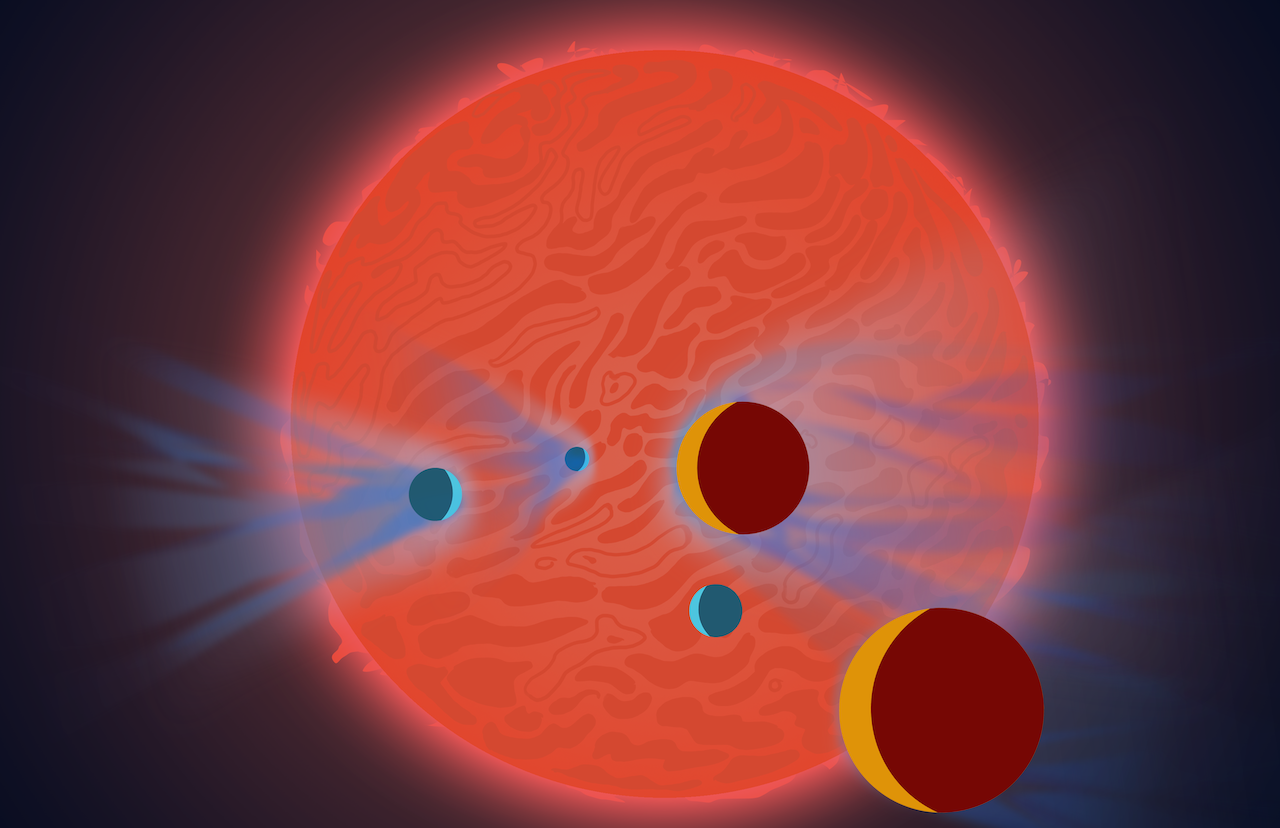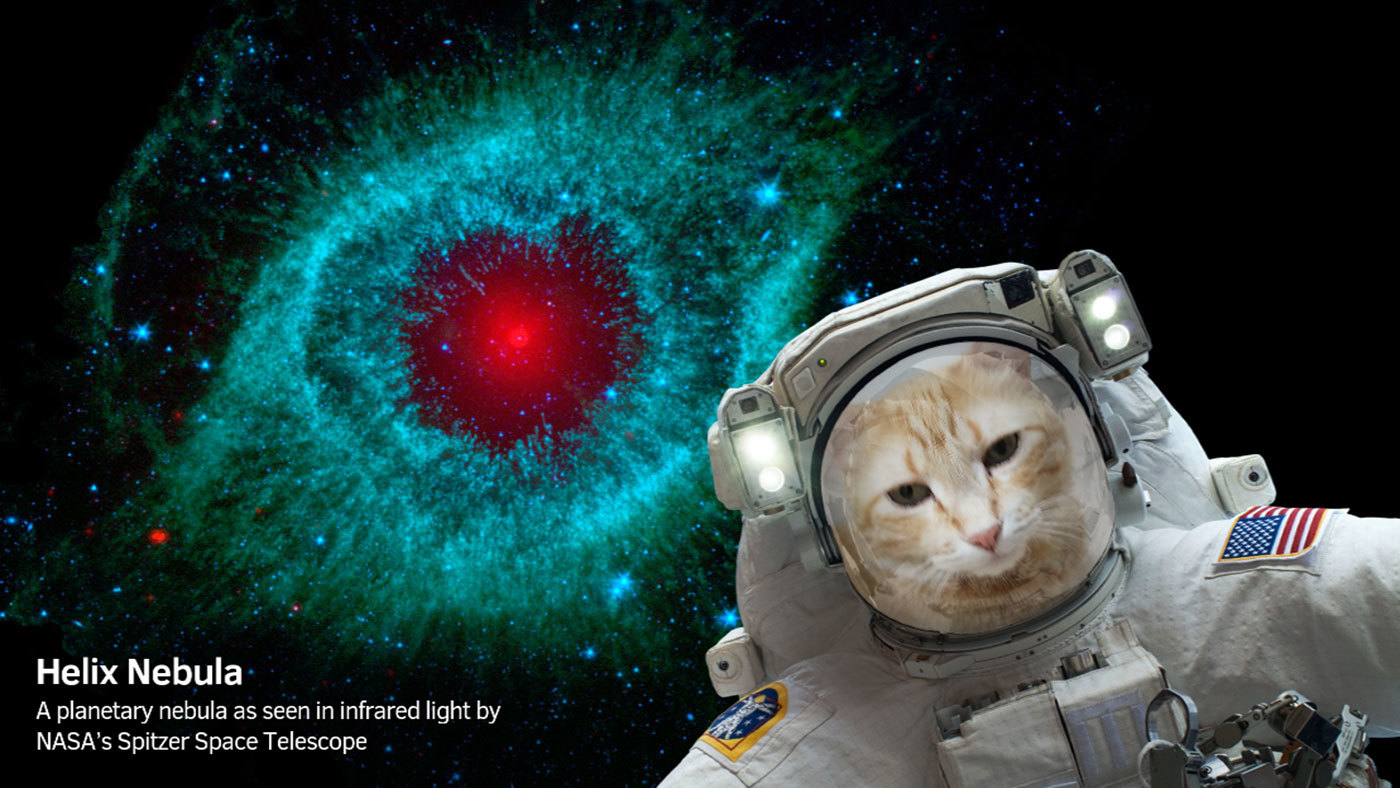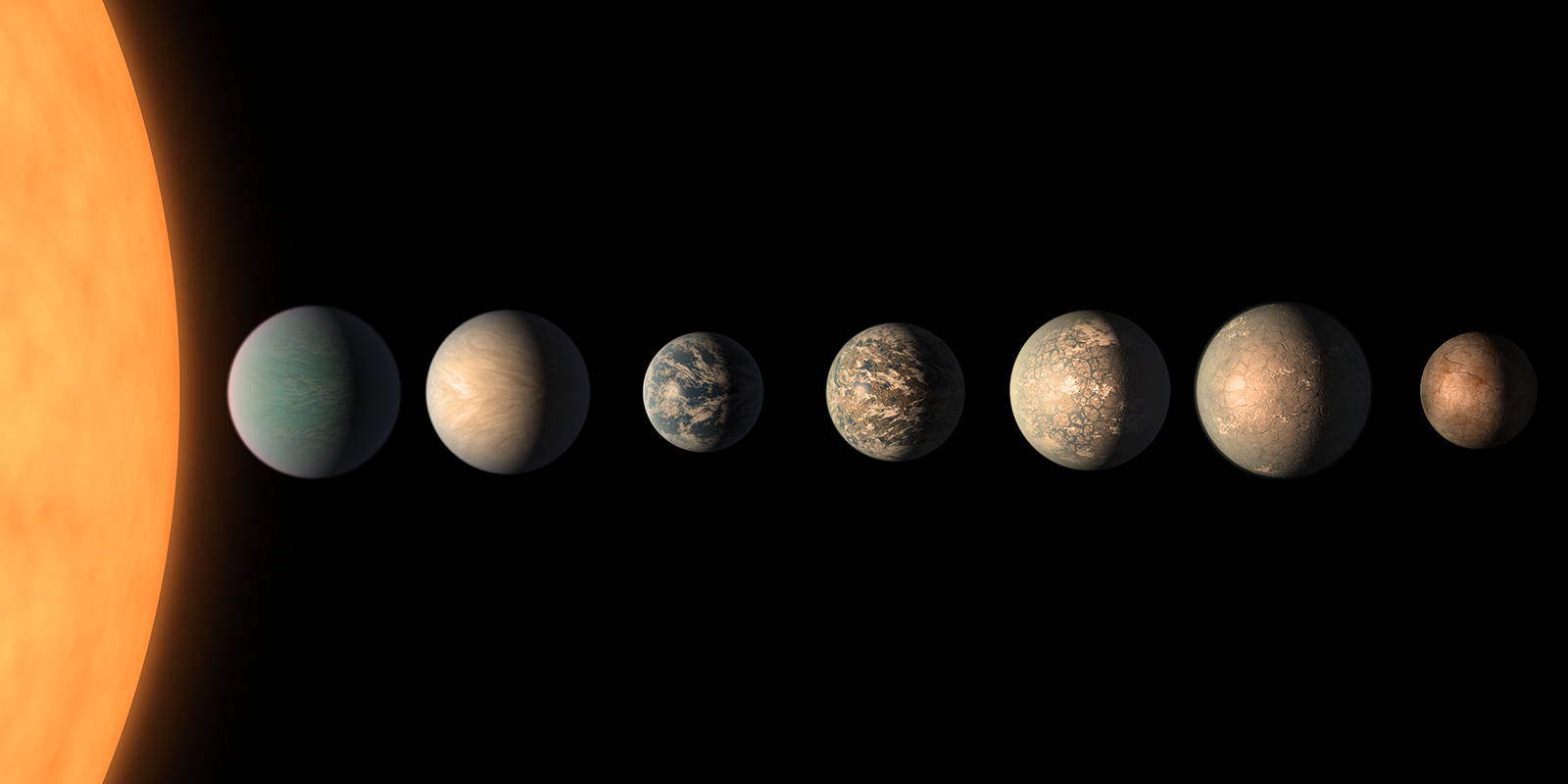Finding Life Beyond Earth: What Comes Next?

The search for life is accelerating, sprouting new technologies and new ideas. Could we ever visit planets beyond our solar system? And if we find life beyond Earth, how will it change us? NASA’s James Webb Space Telescope is already adding to inventories of ingredients in exoplanet atmospheres; more powerful and sensitive observatories are being readied.
Searching for Signs of Intelligent Life: Technosignatures

NASA scientists are looking for technological traces of intelligent life beyond Earth. Among possibilities are laser or radio pulses, signs of artificial chemicals in the atmospheres of distant planets, or “Dyson spheres” Artificial intelligence could prove an ally in such searches. In published work, Kopparapu has explored using “nitrogen dioxide pollution as a signature for technology.
Discovery Alert: See the Image – 2 Planets Orbit a Sun-like Star

The planet: TYC 8998-760-1 c is the second to be directly imaged as it orbits a Sun-like star. The inner planet, b, is about 14 times the mass, or heft, of Jupiter, c about 6 times. The star is a baby version of our Sun, only 17 million years old.
New apps: 'NASA Selfies' and TRAPPIST-1 VR

NASA Selfies app lets you pose in a virtual spacesuit in front of cosmic locations. Exoplanet Excursions virtual reality app gives users a guided tour of the TRAPPIST-1 planetary system. Spitzer played a major role in detecting these planets and providing information that has helped scientists learn about the planets' likely compositions.
New clues to compositions of TRAPPIST-1 planets

Seven Earth-size planets of TRAPPIST-1 are all mostly made of rock, with some having the potential to hold more water than Earth. The planets' densities, now known much more precisely than before, suggest that some planets could have up to 5 percent of their mass in water – which is 250 times more than the oceans on Earth. The form that water would take on TRAPPist-1 planets would depend on the amount of heat they receive from their star.
Can garnet planets be habitable?

Earth-sized planets have been found around many stars. But Earth-sized does not necessarily mean Earth-like. Some of these planets have been found orbiting stars with chemical compositions quite different from our Sun. The next step in the research is to extend this study to all of the stars observed by APOGEE.
